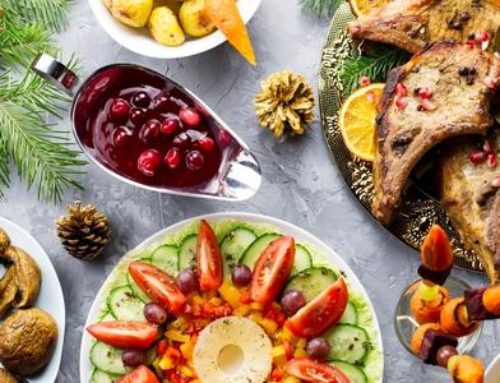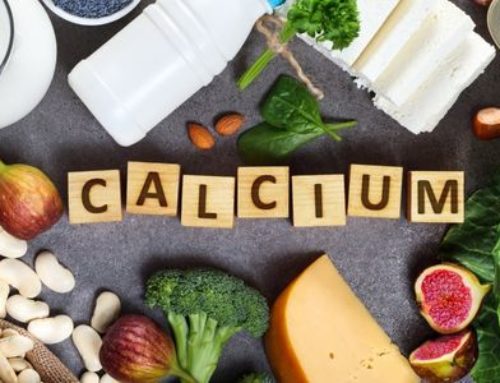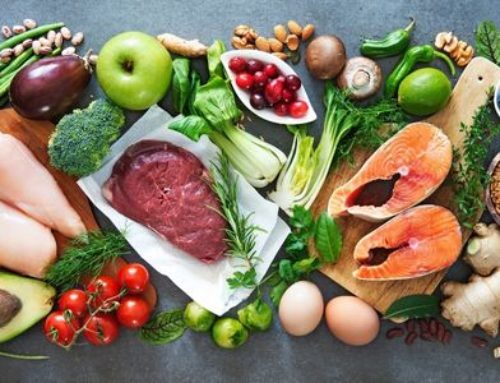
The liver is truly astonishing. It’s like our own personal little beehive situated in the upper right side of our abdomen, buzzing away as we go about our lives unaware of the powerhouse at work within us.
Of it’s many essential roles, the major functions of the liver’s cells (or as I like to think of them, the liver’s worker bees) are to digest, metabolise, store and utilise nutrients from our food as well as remove toxins from the body; all in a days work! These functions give us the energy to go about our day, nourish our body with nutrients and prevent us from becoming sick from a build up of toxins. Amazing! It’s no surprise then that when your liver isn’t working properly, adjustments need to be made in order for the liver to cope and for our body to remain well nourished.
You may have heard of a “fatty liver”. This is where a build-up of fat cells in the liver gets in the way of the worker bees (liver cells) from carrying out their duties. Sometimes a fatty liver may progress and eventually the worker bees become frustrated with all that fat getting in the way. The worker bees start to ‘sting’ causing inflammation and scarring of the liver. Unlike a fatty liver, scarring of the liver is irreversible. This is otherwise known as cirrhosis or chronic liver disease.
It’s very important to care for and protect the liver when you are suffering from chronic liver disease. When your liver function has been impacted, your body requires extra protein, calories and vitamins to help keep you well nourished.
What can I do to protect my liver and nourish my body with chronic liver disease?
Cut back on the booze.
The best way to protect your liver is to avoid alcohol as it may stress and further damage your liver, even if the cause of your liver disease is not alcohol related. Depending on the severity of your condition, your Doctor may suggest abstaining from alcohol completely. If you’re keen to cut back but don’t know where to start, start by reducing your intake to no more than 2 standard drinks a day for men and one for women with at least 2 alcohol free days a week. Speak to your GP if you feel that this is an area that you may need help in.
More reading: Alcohol and Weight Gain
Eat regularly.
When you have chronic liver disease the liver’s ability to store and release glycogen, our quickest from of energy, has decreased, so the body looks else where for energy including our muscles for protein as well as our fat stores. By eating small, frequent meals throughout the day, we keep our glycogen stores topped up and ready to go for energy, preventing the breakdown of muscle. Make the most of your snacks by choosing whole foods that are high in protein and calories such as cheese and crackers, peanut butter on toast, yoghurt, smoothie or dried fruit and nuts.
Check out these cracker topping ideas for more ways to include healthy snacks.
Don’t forget your late night snack!
Our longest period of fasting is, of course, overnight whilst we sleep. Make sure you enjoy a small, light snack before bed such as a cup of hot milo, custard, raisin toast or even some ice cream!
Lay off the salt.
This is an important step to take if you’re serious about managing your liver disease. Why? Simple, because salt loves water. Too much salt in your diet causes your body to retain fluid, a common complication of liver disease, which can lead to further problems if not managed.
I know that reducing salt may be the last thing you want to read, but hear me out, there are plenty of other ways to make food tasty! Also, it may be challenging at first, but if you reduce your salt intake gradually, over time your taste buds will adapt to the flavour change. Another point to remember is that most of the salt in our diet actually comes from processed, pre-packaged foods. Here are some guidelines:
- Try comparing salt (sodium) on the nutrition label of products and choosing the lowest one
- Aim for less than 120mg of sodium per 100g of food
- Look for labels that say “no added salt, “low salt or sodium” or “salt reduced”
Simple swaps include
- fresh meat (steak, chicken breast) instead of processed meat (ham, sausages, salami)
- soft cheese (cottage or ricotta) instead of hard varieties (cheddar & feta)
- tinned fish in spring water or vegetable oil rather than flavoured varieties or brine
Boost the flavour of meals by adding tasty herbs and spices like
- garlic
- ginger
- chilli
- black pepper
- lime juice
- lemon zest
- oregano
- paprika
the possibilities are endless!
Check out these flavour combinations for some low salt alternatives.
Powerful protein.
Protein is the building blocks of our muscles and we need extra protein when our liver is compromised if we are to maintain our muscle mass and prevent malnutrition. Protein is found in a variety of foods with the highest quality sources coming from animal products, in other words the easiest form for our body to use.
Aim to include a source of protein at each meal or snack time such as
- lean meat
- fish
- eggs
- cheese
- milk
- yoghurt
- soy milk
- tofu
- nuts
- lentils
- chick peas
- beans
Try these high protein snack ideas for more inspiration
Eat for energy.
As the liver is not as efficient at utilizing energy, our body requires extra energy or calories in order to prevent malnutrition and to provide you with the energy to enjoy life. This is particularly important if you are trying to regain lost weight or maintain your current weight. It may just be a case of fortifying foods that your already eat such as adding butter/margarine or grated cheese to your vegetables, rice, bread or pasta, drinking energy dense drinks such as milk or juice and using sauces or dressings such as gravy, white sauce or mayonnaise.
Balance is best.
The nutritional management of chronic liver disease is essentially based on maintaining adequate energy and protein intake and preventing nutritional deficiencies. It is still important to enjoy a healthy balanced diet including whole grains, fruit, vegetables, healthy fats, fresh meats and dairy products whilst limiting processed foods high in salt and sugar.
It is important to note that this article outlines the general principles of nutrition management in chronic liver disease. For nutrition management of chronic liver disease that’s specific to you, get in touch with one of our Accredited Practising Dietitians at the Healthy Eating Clinic. We’d love to help you maintain your health and quality of life, in spite of this chronic condition.
If you need help managing liver disease and improving fatty liver conditions then get in touch with us.



